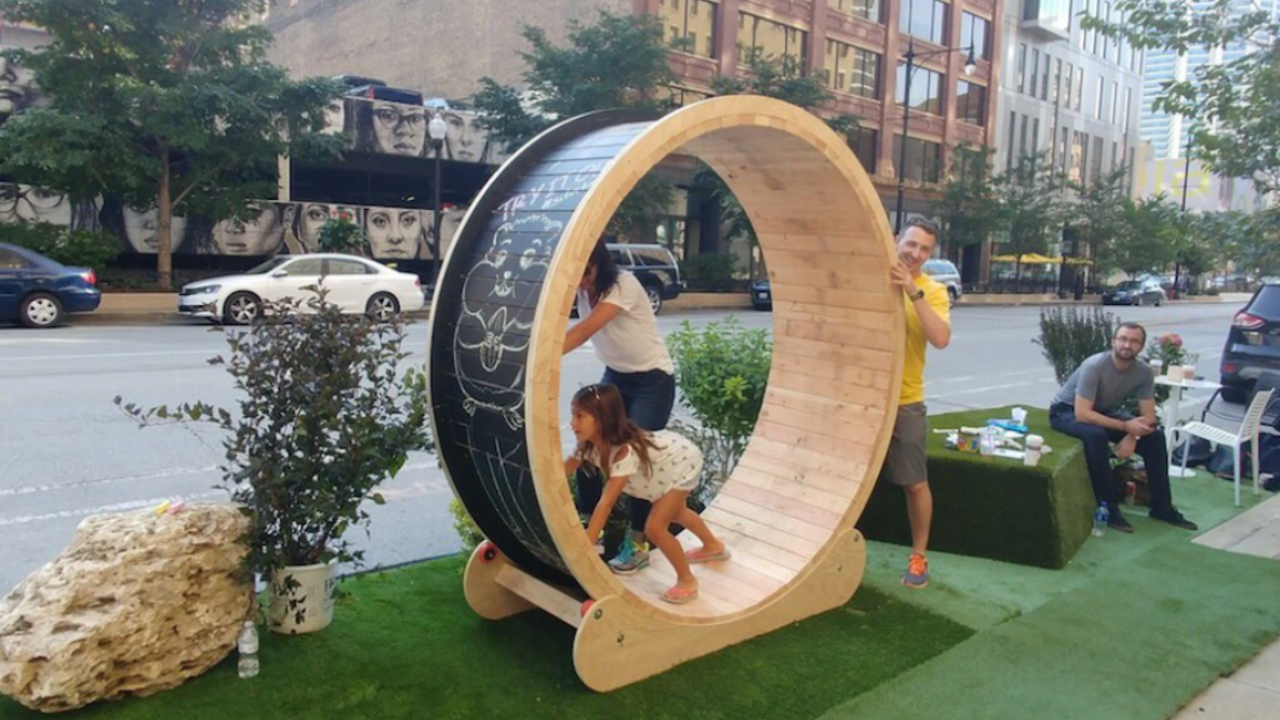Sustainable wellbeing and green living
Let's find ways to Flourish!
Flourishing Things: Environmental Legislation

It is easy to enjoy being outdoors when the air is fresh, the water is clear, and the environment is clean. A healthy environment results in the provision of ecosystem services which are vital to human survival. These services include air filtration, pollination, and soil fertility. Environmental legislation protects the environment from harmful toxins and pollutants that threaten biological life. Environmental legislation encompasses rights and regulations regarding pollution control, waste management, endangered species preservation, and other issues that involve the natural environment.
Citizen awareness of environmental issues increased in the 1960s. The demands for more effective ways of combating these environmental issues resulted in the creation of preliminary protection statutes and environmental rights. The 1972 United Nations Stockholm conference on the human environment led to the first attempt at developing international environmental law in orde...
Flourishing Things: Green Maps

Green Map is a non-profit organization that provides a platform for people to create and share environment-themed maps. These maps identify and locate areas in a city which contribute positively to the environment, whether they are local parks, conservation sites, environmentally friendly businesses, electric charging stations, or recycling depots. Green Maps exist and can be created all over the world. Since its 2009 launch, there are now 120 Green Maps and over 10,000 sites which are listed for you to explore and share. Green Maps are a great resource for those who wish to connect with their community and share or discover hidden gems within their city!
As a Green Map user, you can refine your search by choosing between three categories: Sustainable Living, Nature, and Culture and Society. This feature helps you find sites or amenities that suit your needs! Additionally, Green Maps are meant to be explored and refined by their users. Use your experience and ...
Flourishing Things: Co-operative Housing

Contrary to popular belief, renting an apartment or buying a house aren’t the only available housing options. Non-profit cooperative housing is often overlooked as a viable living arrangement. Members of housing co-ops have a share in the ownership of the building which leads to a wide range of benefits. For starters, co-operative housing members have more control over their own space. This is due to the fact that members, instead of a management company or landlord, make the decisions about how the co-op is governed and maintained. Casting votes at monthly meetings allows for the voices and concerns of all members to be heard.
Another benefit of living in a housing co-op is the affordability. Monthly housing fees are decided by members in order to cover the costs of maintaining the building. Unlike landlord-owned apartments, there is no incentive to increase rent to make a profit. This keeps housing affordable and sustainable for all residents. In cities where housing is overpriced ...
Flourishing Things: Global Climate March

Climate groups and activists around the globe are working together to coordinate Global Climate Marches. This international climate movement, which began in August 2018, as Greta Thunberg’s single person strike, has caught momentum and is inspiring cities across the globe to voice their concerns about climate change. Global climate strikes, which have taken place during the 2019 European Parliament election and the United Nations Climate Summit, demand action from politicians in order to prevent climate change to facilitate the transition to renewable energy. Lessons from the past have taught us that public pressure is essential in evoking change.
The September 2019 strike during the Global Week for Future attracted millions of protesters and is thought to be the world’s largest climate strike to that point. 4,500 individual strikes occurred with crowds made up of schoolchildren, teens, adults, and elders in over 150 different countries. The magnitude of these global strikes, combined...
Flourishing Things: Slow Fashion

Slow fashion is a sustainable approach to the fashion industry. Considering the environmental and social consequences of fast fashion, the slow fashion movement, which seeks to reduce the environmental harm associated with clothing, is necessary. Slow fashion aims for sustainability by considering the materials, resources, and workers involved in the production of clothing. Opposed to fast fashion, slow fashion encourages creating quality garments that are made to last.
The slow fashion movement echoes historical methods of clothing production. Before the industrial revolution, clothing was made by hand using local materials and workers. Clothing wasn’t about keeping up with fast paced trends or owning dozens of different outfits. An emphasis was placed on quality and longevity. The slow fashion movement shares these values and encourages people to buy less and buy sustainably.
Brands that participate in slow fashion tend to use sustainable materials (whether they are organic, recycl...
Flourishing Things: Plant and Seed Swaps

Spring has just arrived, which means it is time to get out your gardening tools and gloves! This year, instead of buying seed packets from the store, consider participating in a local seed swap or plant exchange. Seed swaps allow gardeners to exchange seeds from their personal collections. The exchanging of seeds is a time-honoured tradition that goes back many generations. Swapping seeds is a great way to introduce some new plant varieties into your garden, get involved with your community, and learn some helpful gardening tips!
Seed swaps often feature heirloom seeds. Heirloom seeds come from open-pollinated plants, which means that they retain the characteristics from their parent plant and are able to pass on their characteristics to future generations. Heirloom seeds carry a piece of history, as they come from plant varieties that are introduced prior to the 1950s. Fruits and vegetables from heirloom plants have high nutritional value and taste. Additionally, planting heirloom se...
Flourishing Things: iFixit

It has become increasingly common to own a variety of electronic gadgets and devices. As a result, the issue of dealing with broken or damaged devices increases as well. Broken devices are often discarded and replaced, as the cost of professional repairs can be quite expensive. However, this endless cycle of buying and replacing doesn’t have to be the case! The iFixit website allows individuals to take matters into their own capable hands.
iFixit is a wiki-based website that provides users with a plethora of resources related to repairs. The site features over 60,000 easy-to-follow repair guides for mobile phones, computers, cars, cameras and other electronics. Straying away from technology, iFixit also offers repair information for household items and apparel. Along with the guides, the website helps users diagnose what’s wrong with their devices, sells high quality parts and tools to assist with repairs, and provides an answers forum to promote solution sharing.
Learning to repair ...
Flourishing Things: Nature Art

Humans have been creating art for thousands of years as it is a way to express the human experience in ways that words alone cannot. The importance of art is the impression that it leaves on the audience, moving us, changing us and enriching our lives. However, it doesn’t have to leave an impact on the environment. Paints, varnishes, metals, plastics, and toxic materials are often utilized in the creation of art pieces and sculptures. These materials have the ability to harm the environment as well as human health. Luckily, it is possible to create art using materials that are found in the natural environment. The use of natural materials can mean that the art is not necessarily meant to be permanent. The passage of time allows for the art to be washed away in a rainstorm, unravel on its own, and be swept away by the wind. The ephemeral nature of this art carries its own beauty. Instead of leaving behind environmental damage, the materials are simply returned to nature, but the impress...
Flourishing Things: International Day of Happiness

The United Nations International Day of Happiness is celebrated across the globe on March 20th. Happiness was recognized by the United Nations as a fundamental human goal in 2011. While economic growth is commonly associated with the success of countries and their citizens, the newly acknowledged importance of happiness and mental wellbeing is beginning to shift perspectives. The first UN conference on happiness took place in 2012, and the following year marks the first global celebration of the United Nations International Day of Happiness.
There is a theme assigned to every International Day of Happiness. The theme for the 2013 International Day of Happiness was “Happy Heroes.” This theme encouraged participants to celebrate the people within their communities that brought them joy and happiness. Showing appreciation for those who brighten up our lives is a great way to ensure the spread of happiness and wellbeing continues. The 2014 theme of “Reclaiming Happiness” asked people to ...
Flourishing Things: PARK(ing) Stalls

Modern cities have a tendency to revolve around automobiles instead of people. Parking lots and street parking litter urban areas, effectively minimizing the available space for pedestrians and outdoor social gatherings. In 2005, this design flaw was challenged by Rebar, a design collective who paid a street parking metre for two hours and used the space to set up an unexpected art installation. The installation used artificial turf, trees, and benches to create a miniature park. This miniature park created a welcoming environment for pedestrians to stop by and relax. The short-lived event sparked massive interest, resulting in the creation of PARK(ing) Day which occurs annually every third Friday of September. PARK(ing) Day encourages people to make their own parking lot installations in an effort to repurpose urban spaces. While this event initially emerged in San Francisco, California, it is now practiced globally.
While many of the parking lot installations emulate the original b...

